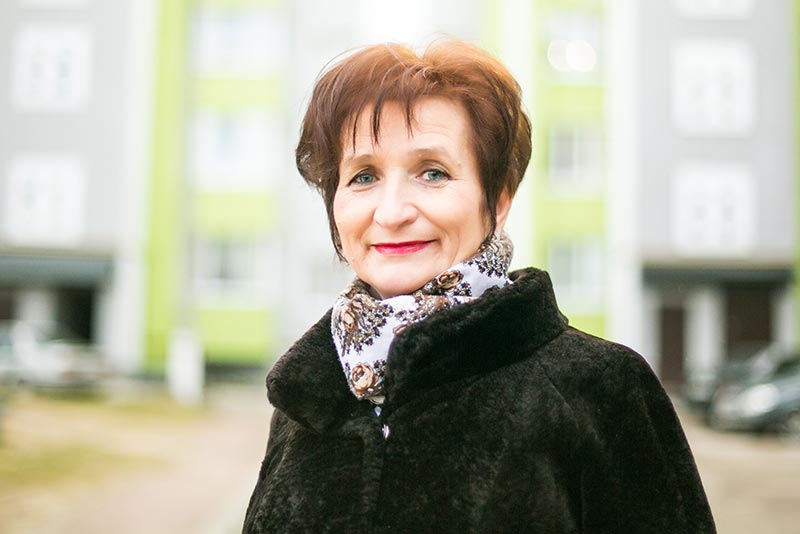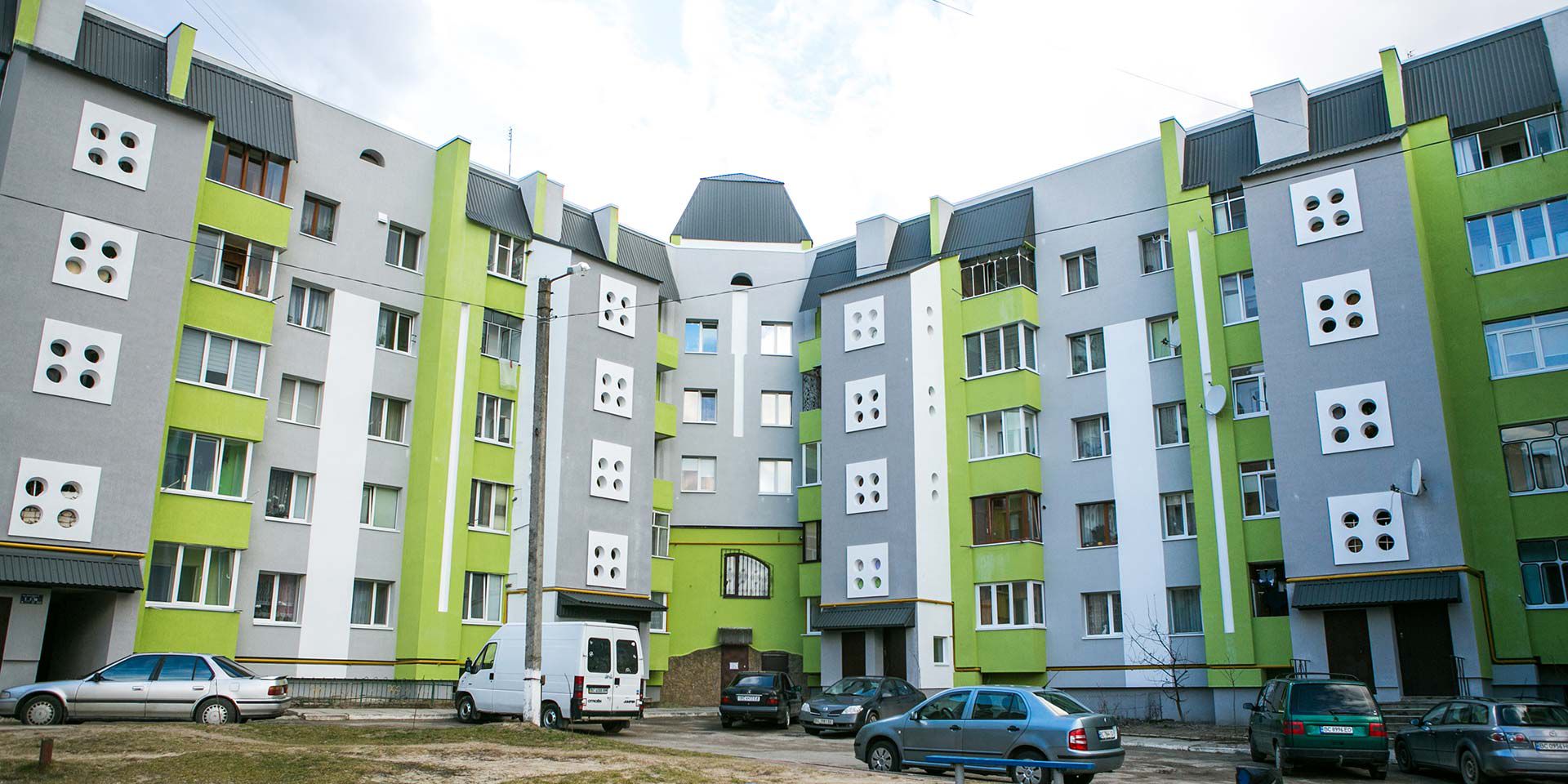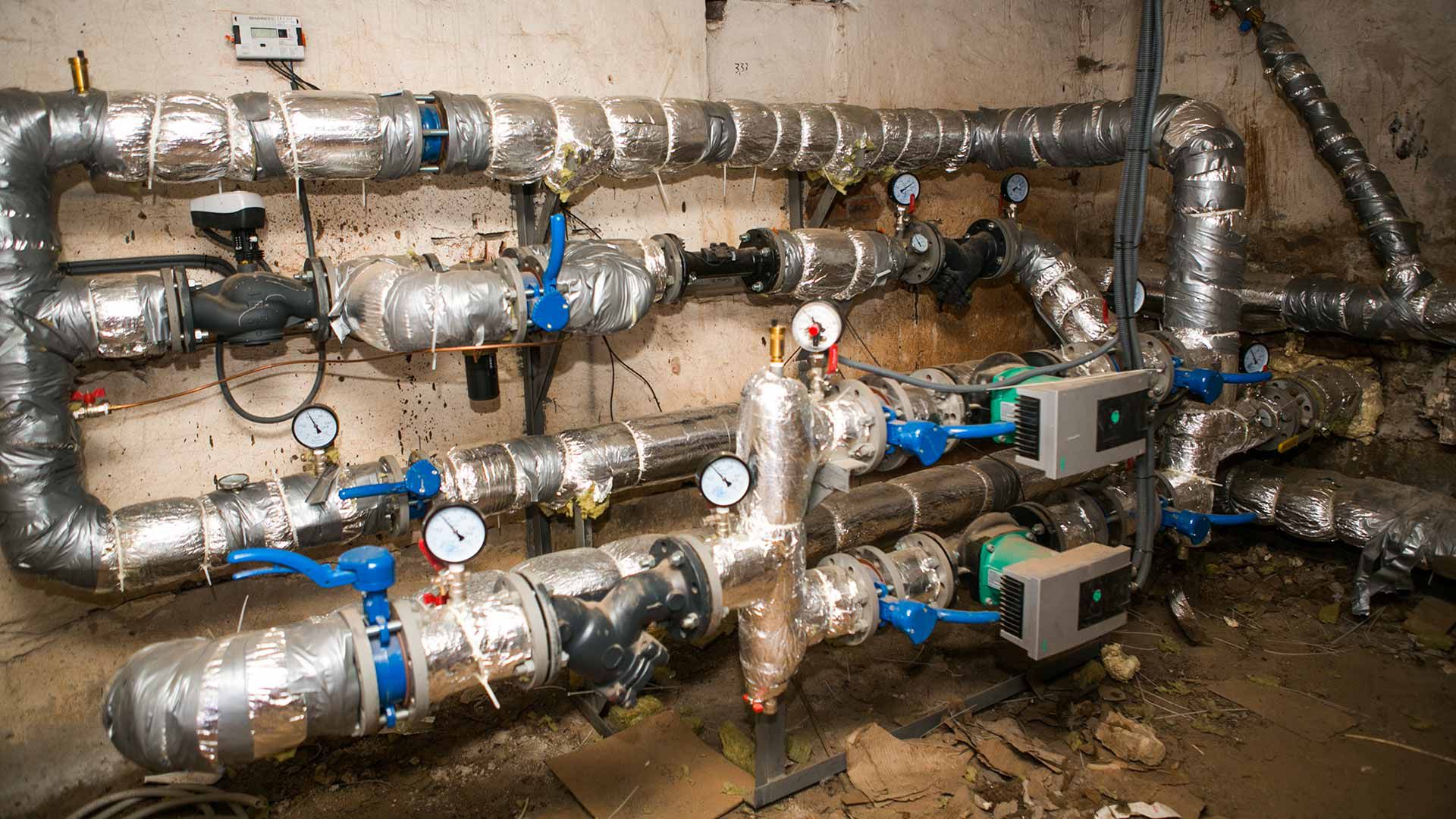Halyna Djulai, an owner-resident and house manager in an apartment block on Lypy Street in Lviv, faced a problem that vexes most apartment owners in Ukraine’s big cities. The heating and insulation system in her building was antiquated and inefficient, causing almost half of the heat produced by the system to go to waste.
To make matters worse, the heating was inconsistent within the building. In winter, half of its apartments got too hot and residents had to lower temperatures, while neighbors living on other floors got too cold and needed to turn the heating up. Along with excess energy use and increased carbon dioxide emissions, families faced unreasonably high monthly payments. In some cases, bills for a three-room flat might equal the minimum wage in Ukraine.
The problem became more acute in 2014, when the government withdrew subsidies on heating gas and homeowners had to pay market prices. As an apartment owner and a house manager, Djulai desperately wanted to do something about it. But at an estimated cost of $164,000, refurbishing the heating system was more than what the owners could afford. Unfortunately, Djulai’s story is not unique; similar situations exist in most of Ukraine’s 160,000 multifamily buildings.

Halyna Djulai is an owner-resident and house manager of an apartment building in Lviv.
The newly created Ukraine Energy Efficiency Fund (EEF) presented a solution. This program facilitates energy-efficient renovations of residential buildings in Ukraine by providing grants that leverage investments by the homeowners, which are paid for through a mix of homeowner dues and commercial bank loans. The grants and the oversight are supported by IFC and jointly financed by a Trust Fund of the EU and Germany and from the Government of Ukraine for an overall total of approximately €200 million.
EEF’s approach seemed custom-made for the situation in Djulai’s building. The Fund subsidized 70 percent of the costs of renovation in her building for a total of almost $114,000. The money was used to replace the balustrade walls on the roof, fully insulate the building, and install individual heating systems with regulating valves for each riser pipe in the building.
Now, building residents are comfortable in their apartments at a uniform temperature of 210 Celsius, and Djulai receives no complaints. She estimates that heat consumption in her building was reduced by half during the 2019-2020 heating season, when compared to the previous year. “All pipes are now insulated, and my fellow homeowners can regulate temperature independently and there is no wastage of heat,” she says, noting the substantial savings.
Following this success, six other buildings which Djulai oversees as a house manager have applied or plan to apply to the EEF this year.
Building Awareness
The program prioritizes individual outreach to find the building managers who can share the benefits of the initiative with their homeowners’ associations. To build awareness, IFC appointed 24 regional advisers who help homeowners’ associations apply for the EEF grants. The advisers also work with financial institutions to help disburse loans. These advisers have delivered over 450 training and awareness events, jointly and with partners, across Ukraine, and reached about 9,000 individuals in the target audience. In addition, IFC supported EEF’s roll-out of a series of events aimed at raising awareness of the benefits of energy efficiency modernizations.
Stefaniya Klymko, another Lviv house manager, has seen the benefits of the program first-hand. “Our residents paid huge bills last winter, and most of the money was for wasted heat. When the EEF program came along, people in our building readily agreed to join. Now, we have an individual heating unit, a balanced heat-supply system, and we have insulated all the heat pipes in the basement. As a result, we save 30 percent in heat consumption.”
That kind of savings is a powerful incentive for other homeowners to sign on to the EEF program. By mid-June 2020, the EEF received 110 applications, and over 200 more are now in the pipeline. This is creating opportunities for larger-scale investments and bank financing as more financial institutions understand the advantages.
Building on the success of the program, the EEF’s goals include cutting consumption of heating gas, which would reduce carbon-dioxide emissions, and lessening Ukraine’s dependence on energy imports.
Join the conversation: #IFCimpact
Published in June 2020

